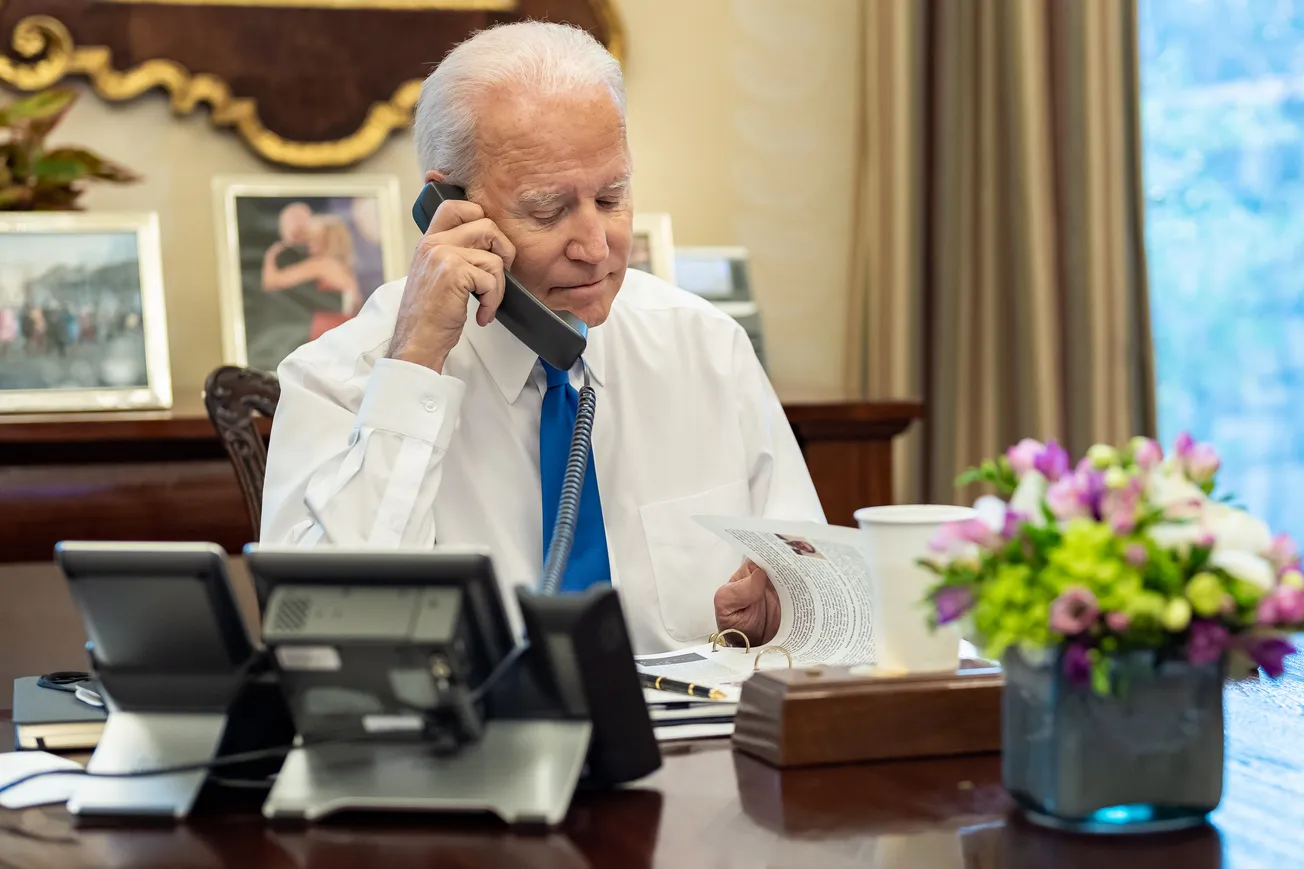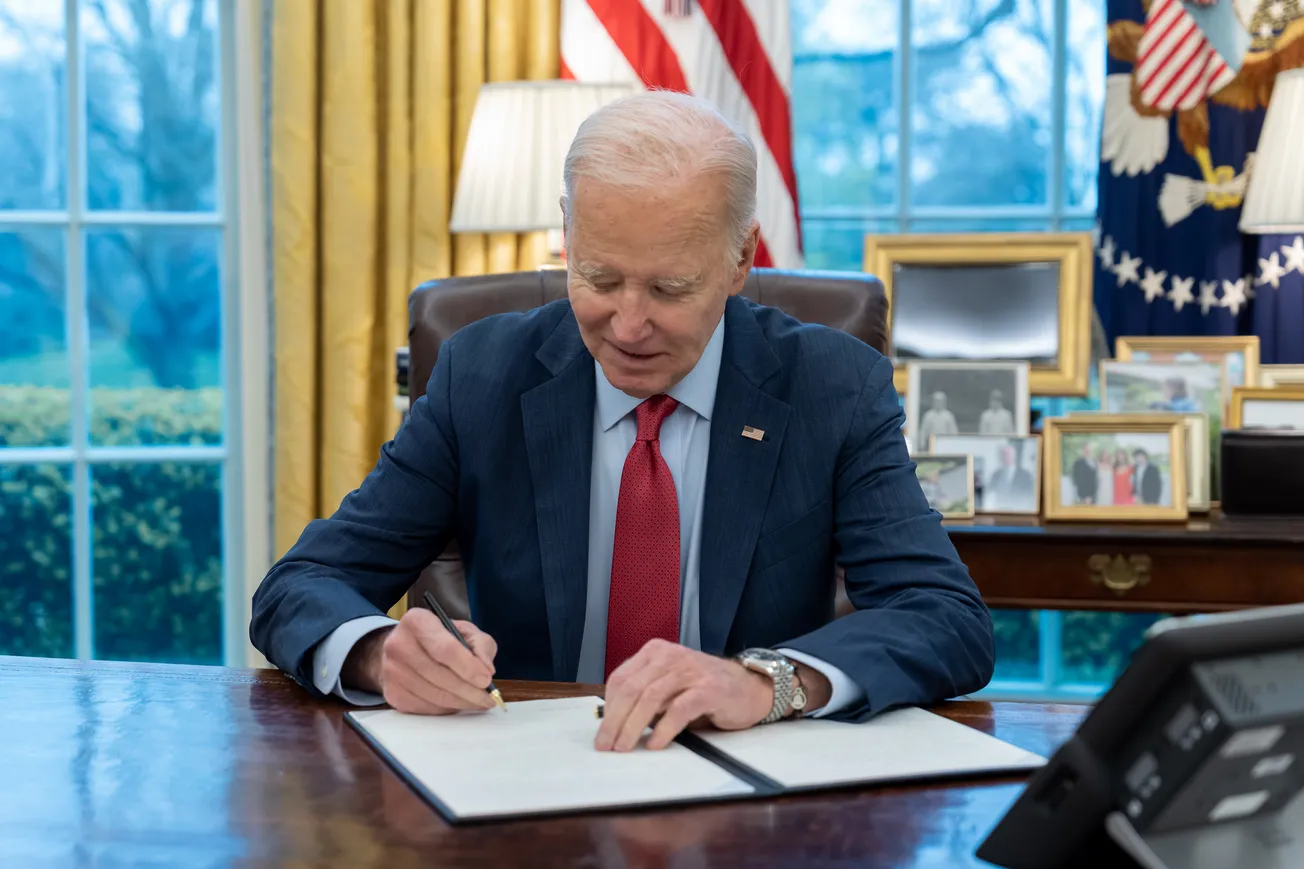Nobody has yet come up with a definitive estimate of the full taxpayer cost of President Joe Biden’s student loan bailout, but the numbers are already staggering. And as budget-busting as this one is, it’s only whetted the Left’s appetite for more loan bailouts.
The Congressional Budget Office released a cost estimate for Biden’s loan cancellation executive order. He plans to forgive $10,000 in federal student loans for borrowers who earn less than $125,000 a year. Low-income Pell Grant borrowers are eligible for an additional $10,000 cut. The CBO figures this will cost $400 billion over the next decade. Plus another $20 billion in costs by the extension of Biden’s “emergency” payment suspension through the end of this year – a suspension allegedly in response to COVID, which Biden himself says is no longer a pandemic.
That is close to the estimate that the Wharton school produced in late August. It pegged the 10-year cancellation cost between $469 billion and $519 billion.
But that’s only a small part of the taxpayers’ largesse Biden wants to shower on college students.
As the CBO notes “The estimates presented here do not include any effects of the actions affecting income-driven repayment plans.”
If anything, that will cost taxpayers more than the cancellations. Biden wants to vastly expand this escape valve for student loans. As it stands, students have the option of capping their loan payments at 10% of their income, and any debt left over after 20 years will be forgiven.
Biden would cap loan payments at 5% of income and forgive anything left over after just 10 years. Not only that, his plan would vastly expand what borrowers could exempt when calculating their income.
This deal will be hugely popular with students, since they could borrow money knowing that they’d only have to pay back a tiny fraction. Wharton figures it could cost $450 billion over the next decade. But it’s likely to cost more, not only because students will flock to this unbeatable deal, but because it is sure to fuel an even higher inflationary spiral of college costs.
Even the left-leaning Brookings Institution says it’s a terrible idea. “This represents a radical change in student lending,” writes Adam Looney. It will, he explains, draw in many students who otherwise would not take out student loans by making them “the preferred option for most students, and by a wide margin. Get 50% off the cost of college! But only if you pay with a federal loan, because you don’t have to pay it all back.”
Plus, he points out, it will in effect subsidize diploma mills because “programs that leave students without a degree or that don’t lead to a good job will get a larger subsidy.”
From an economic perspective, it’s lunacy. From a budget perspective, it’s reckless. From a moral perspective, it’s disgusting.
But as bad as this is, it would only be the beginning.
Already, advocates are mounting a campaign to have Biden cancel medical debt. Kaiser Health News published a piece complaining that with all the focus on student loan debt “little public attention has been focused on what is — statistically, at least — a bigger, broader debt crisis in our country: An estimated 100 million people in the U.S., or 41% of all adults, have health care debt, compared with 42 million who have student debt.”
An Insider article makes it clear where this is heading: “Biden made a major dent in the student debt crisis,” it says, “and it’s time he does the same for the growing medical debt load in the U.S., attorneys and advocates say.”
If Biden gets away with this student loan bailout, what’s to stop the White House from drawing up an executive order for him to sign that would forgive medical debt, credit card debt, heck any and all debt. All conveniently timed for the 2024 election?
— Written by the I&I Editorial Board






